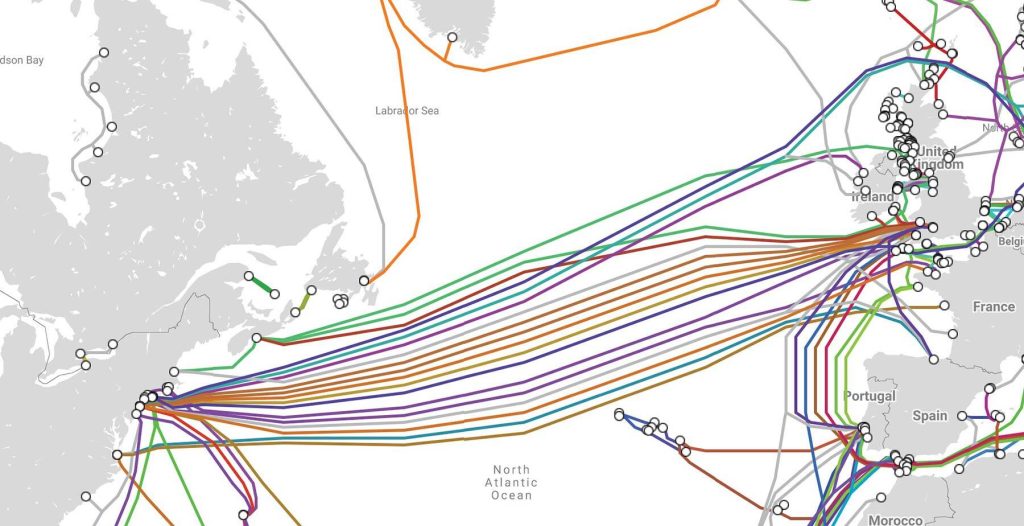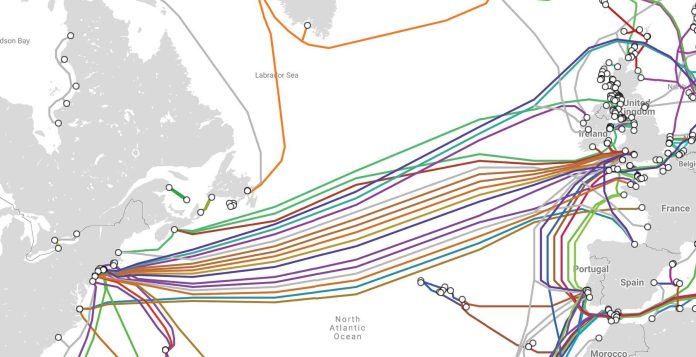
In today’s interconnected world, international communication plays a crucial role in facilitating business, trade, and diplomacy. At the heart of this communication network lies a vast network of undersea cables that span the world’s oceans, linking countries and continents in the blink of an eye.
Undersea cables, also known as submarine cables, are the unsung heroes of global communication, carrying more than 95% of all international data traffic. These cables are laid on the seabed and consist of fiber-optic strands that transmit data at the speed of light. They are typically several thousand kilometers long and can withstand immense pressure and temperature fluctuations as they lie on the ocean floor.
The history of undersea cables dates back to the 19th century, with the first transatlantic telegraph cable laid in 1858. Since then, technology has advanced significantly, with modern undersea cables capable of carrying massive amounts of data at incredible speeds. Today, there are thousands of undersea cables crisscrossing the world’s oceans, connecting continents and enabling real-time communication between people and businesses across the globe.
The importance of undersea cables cannot be overstated. These cables are the backbone of the internet and the foundation of global telecommunications networks. Without them, international communication would be slow, unreliable, and prohibitively expensive. Undersea cables enable instant messaging, video calls, online shopping, and countless other forms of digital communication that we take for granted in our daily lives.
In addition to facilitating communication, undersea cables also play a crucial role in economic development and national security. Many countries rely on undersea cables to transmit data for banking transactions, government communications, and military operations. Any disruption to these cables can have far-reaching consequences, impacting not only communication networks but also the economy and national security of countries around the world.
Despite their importance, undersea cables are vulnerable to a variety of threats, including natural disasters, human activity, and sabotage. Damage to these cables can lead to communication outages, financial losses, and even diplomatic tensions between countries. As a result, there is a constant need for vigilance and investment in protecting and maintaining undersea cables to ensure the smooth flow of international communication.
In conclusion, undersea cables are the lifeline of international communication, connecting countries and continents in a network that spans the globe. Without these cables, the world would be a much smaller and less connected place. As technology continues to advance and the demand for global communication grows, undersea cables will remain a vital component of the digital infrastructure that keeps the world connected.








